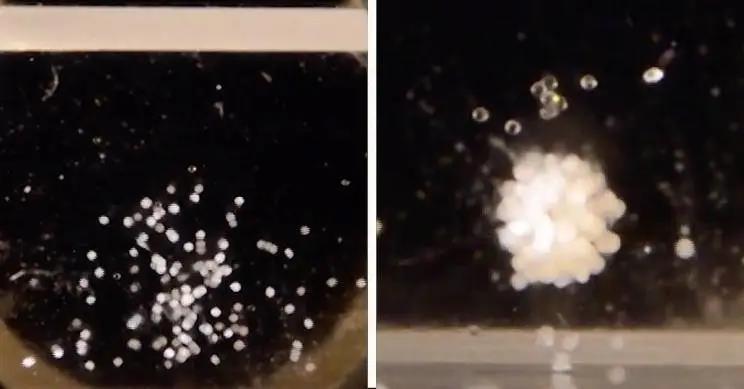Post-processing
is a frequently neglected part of the 3D printing process. As the additive
manufacturing market relocates from prototyping to end part production tailored
to customer markets, the look and feel of 3D published items are coming to be
increasingly more vital. That is where post-processing 3D published components
is available in.
What is post-processing in 3D printing?
Components produced with 3D printing innovations normally call for some level
of post-production therapy. This important action of the 3D printing process is
referred to as post-processing. The
options for post-processing 3D printed parts include eliminating assistance or
excess product, washing and healing, sanding or brightening a version to paint
or coloring.
What are the different post-processing strategies offered? We can recognize 5
steps in post-processing, although not all actions are needed for all
projects:-
1. Cleaning up
2. Fixing
3. Curing or solidifying
4. Surface ending up
5. Coloring
also, be cautious that the post-processing technique can differ depending upon
the printing process utilized to produce the model.
1. Cleaning
a. Removing support product (FDM as well as Material Jetting)
When
publishing designs with overhang on FDM or other product jetting modern
technologies, support frameworks that hold up the looming attributes are
needed. These support frameworks can be printed utilizing the same material as
the one with which the design itself is published. But when the machine permits
printing with several products, unique assistance material can be made use of.
Nevertheless, whenever an assistance framework is required, there will be some
post-processing included.
b. Powder elimination
(SLS and also Powder Bed Fusion)
Models published using powder bed fusion (SLS, etc.) are produced using plastic
or metal powders. Deposits of powder can cling to or stay in the model, as an
example in holes or more complicated inner networks inside the version.
c. Washing (SLA and
Photo polymerization)
Components that are printed with SLA or various other photo polymerization can
be conveniently cleaned after printing.
2. Fixing
In some cases, little repairs are required to load small openings or fractures
or even to affix together parts that have actually been printed individually.
a. Filling
When fillers, as well as hardeners, are used to fix undesirable openings or
fractures in the printed things.
b. Gluing and also
welding
Utilized when separately published parts need to be attached together. ABS
prints can be welded or glued together making use of acetone.
3. Curing
Just like French fries, cooking imitate they have been published enhances the
mechanical properties (crunchiness in case of the French fries) of the product.
Form labs and also Carbon have actually included treating utilizing UV light to
their printing process (SLA as well as CLIP respectively, both Photo polymerization
processes). After the design has actually been printed unique curing devices
warm the model to bring the component to its optimum mechanical homes. Curing,
therefore, differs from the various other post handling alternatives, that it
boosts not just the aesthetic features, yet the physical top quality of the
design.
4. Surface finishing
after the cleaning, cleaning, removing assistance or excess material as well as
healing, various processes are readily available to make the design look nicer
aesthetically. This is specifically relevant when the models are tailored in
the direction of customer markets.
a. Sanding
Layer lines or touch-points where support structure was connected to the design
can be removed by meticulously fining sand the surface area of the model,
utilizing sanding paper with differing grit: from low too high for finishing.
Apart from being labor extensive, hand-operated sanding can develop irregular
results. With automated polishing, this can stay clear of. Layer lines are
especially noticeable on 3D versions created utilizing layering strategies
(like FDM).
b. Vapor or Chemical
Smoothing
Often chemicals are utilized to smoothen the model surface. The vapors respond
with the outer layer of the object. The layer lines are melt away, leaving a
smooth external layer while giving the model a shiny look. For versions
published with PLA and ABDOMINAL the acetone is commonly made use of, or the
chemical representative Tetrahydrofuran (THF). The issue with this technique is
that is cannot be regulated: small attributes can be melted off that should
stay. Also, the vapors can be dangerous when breathed in. This can stay clear
of making use of closed chemical cleansing makers.
5. Coloring
In some cases, 3D models can be printed using the colored product and also with
multi-material printing (multi-) colored prints can be made. But one can
likewise opt for coloring during the post-processing stage. Parts that need coloring
would preferably be printed using white material. Before the version is
repainted a layer of the guide is generally used. Paint can be done manually
utilizing a brush or spray. There are makers that automate spraying of parts.





